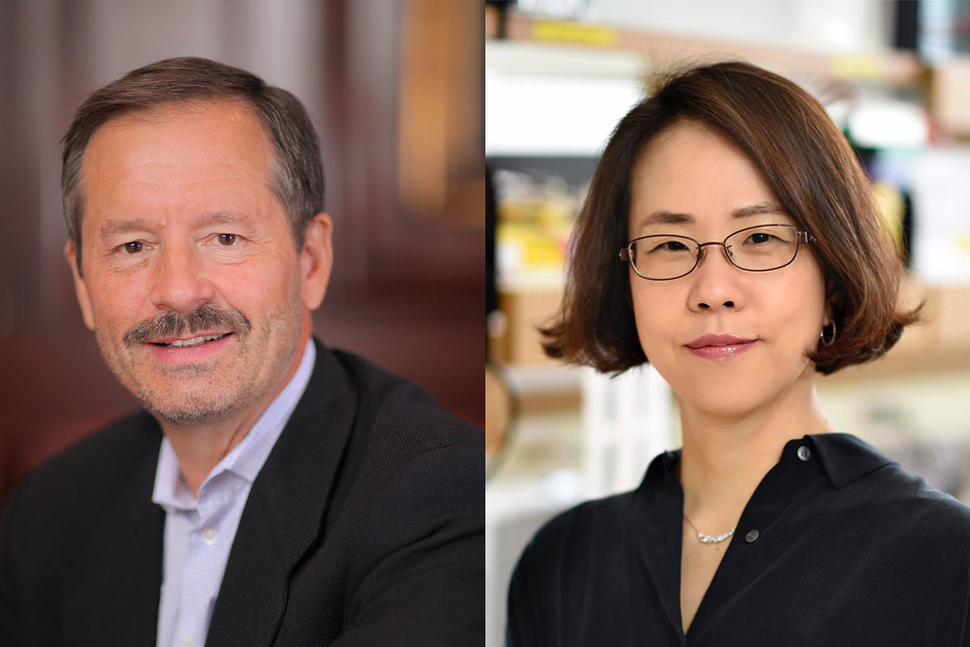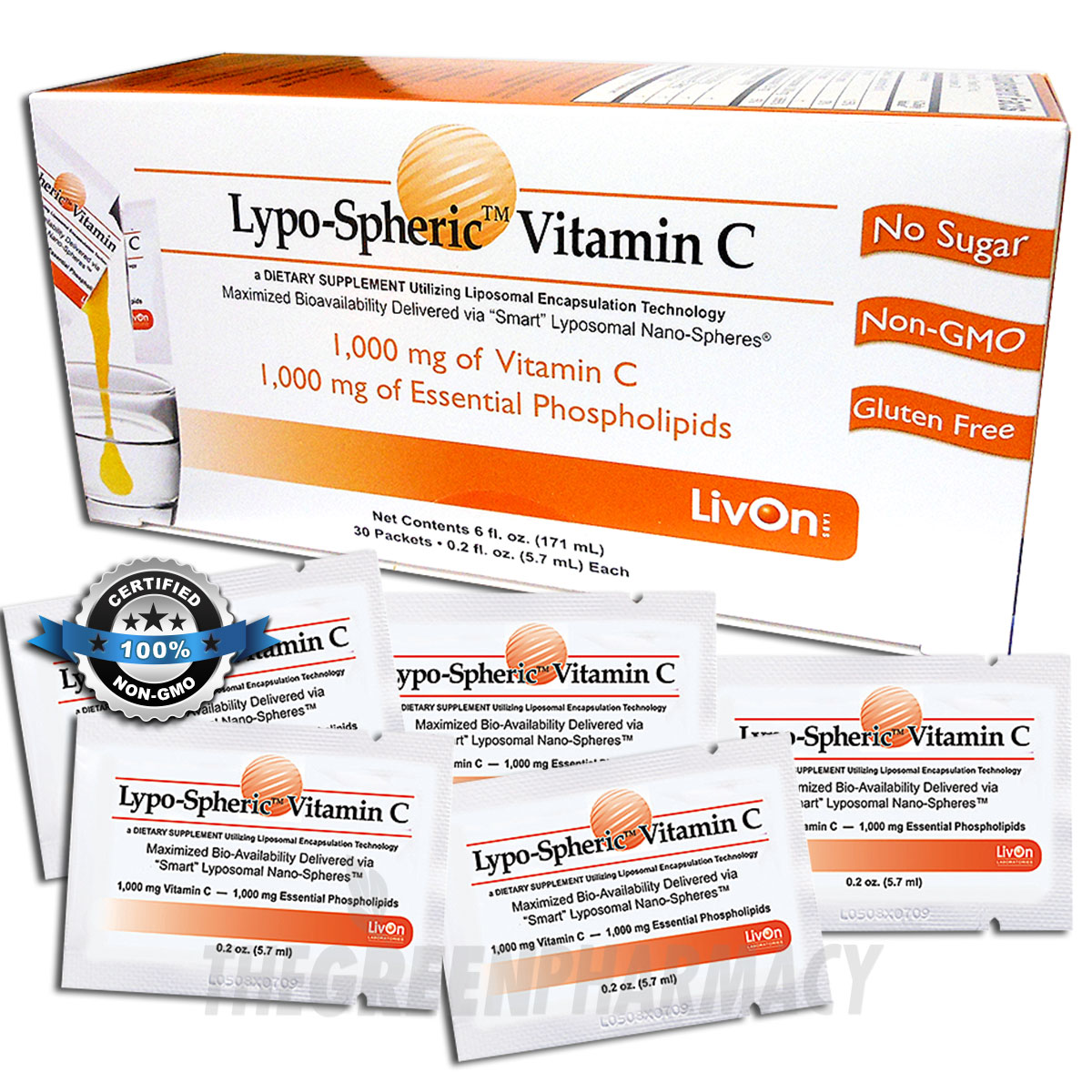New Zealand research reveals science may back his belief.
Vitamin C for cancer? ‘Miracle man’ Anton Kuraia's highly controversial treatment
מחקרים רבים הראו שויטמין C יכול לרפא מחלות רבות כולל סרטן אבל עד עה לא היו ראיות רבות ומחשיות למחקרים האלה
חוקר בכיר מאוד מניוזלנד שחלה בסרטן ועבר באוניבסיטת HARWARD היוקרתית בארה"ב חלה בסרטן
הוא השתמש בכל סוגי התרומות וההקרנות וזה לא עזר לא להתרפא
החוקר גילה את המחקרים של פרופסור שחקר את הסרטן והתשמש בויטמין C
ואותו חוקר היה החוקר שהמציא את הויטמין C והאמין בזה עד שהוא מת
החוקר שמצא את הויטמין C האמין כבר אז שזה יכול לרפא גם סרטן כאשר חלה בעצמו הוא השתמש במינויים גבוהים מאוד של ויטמין C
הוא טען כבר אז שויטמין C יעיל רק במינונים גבוהים מאוד אבל החוקר שהמציא את הויטמין C מת בסופו של דבר מסרטן
כי כנראה הוא אל הספיק להשלים את המחקר שלו והכמויות והמינונים לא היו מספקים כנראה
החוקר מניו זילנד שחלה קרא את כל המחקרים ולא האמין להמ שעניו רואות
הוא התחיל להזריק לעצמו וימטין C במינון גבוהה ביותר ולתדהמתו אחרי שבועות מספר הוא התחיל להבריא
אחרי שהכימותרפיה בגופו נכשלה
החוקר התחיל להאיץ את מינון הויטמין C לגופו באמצעות זריקות
בהתחלה כל החוקרים בהוורארד פרינסטון וקמרידג ובאונבסיטאות יוקרטיות אחרות לא האמינו לזה גם לא במכון ויצמן או ב מכון פסטור בצרפת
אבל לתדהמת כולם התאים שלו התחילו להבריא וזה הדהים את כל החוקרים
החוקרים לא האמינו למראה ענהם
החוקר הבריא מסרטן וממשיך להבריא החוקרים משמיכים לעכוב אחרי תוצאות המחקר
למעשה החוקר הפך לעכבר מעבדה ולאדם הראשון שעבר את הטיפול הזה בעצמו
כלומר החוקר הזריק לעצמו את הויטמין C במינון מאוד גבוהה
כמה המינון הוא הזריק לעצמו
אתם תתקשו להאמין אבל הזריקות של הויטמין C היו של 15גרם !!!!
החוקרים שסרבו להאמין נדהמו לגלות עוד חולה נוסף שהסכים לעבור את הטיפול לאחר שנותרו לו חודשים ספורים לחיות
המינון במקרה שלו היה IVC 15GM
מינון כזה גבוהה יכול לגרו למותו של אדם או אפילו להתקפת לב אצל חלק מבני האדם
אבל אצל חלק מהחולים שעברו את הטיפול הם עברו תהליך של העלאה הדרגתית במינונים כל יום מכפילים את המינון
וככה לא גורמים נזק
אצל הראונשים הזריקו ייר כמות של ויטמין C כי לא היה זמן הם עמדו למות
המינון והסוג של VITAMIN C הוא זה שוקבע בן החיים למוות
השאלה אם ויטמין סי כל גך עוזר למה לא מתמשים בו במקום בכימוטרפיה ותרופות אחרות .
ויטמין C יכול למנוע סרטן אם לוקחים אותו במינון קבוע על בסיס יומי בטיפות מרוכזות ובמינו גבוהה יחיסית
יחד עם זאת אין מספקי מחקרים שיוכיחו שזה אכן עובד
אבל מה שכן ידוע שקבוצה של חוקרים שלקחו ויטמין C במינון גבוהה לא חלו באף מחלה כולל סרטן
וזאת במשך 5 שנות שימוש
הם לא חלו בשפעת ולא באף מחלה אחרת וזה כבר הדהים אותם
הויטמין C גם אל גרם לכל נזק לגוף האדם גם לא להתקפי לב או ללחץ דם גבוהה או כל דבר אחר
האנשים ישנו בלילה כמו שצריך
הוכח שויטמין C טוב במניעה של מחלות בהם גם סרטן אבל אין מספקי מחקרים ובהקפים משמעותים כי החוקרים לרוב לא מאמינים לזה וזאת הבעיה
בזמן שכאשר הן בעצמם עושים מחקר מתחילים לרואת תוצאות מדהימות
כי רוב הרופאים הוחוקרים לא מינים שבלכל ויטמינים עוזרים למשהו
ברובם יגידו לך את מחקרים וראיות ווטימין סי יורד עם השתן חבל לבזבז על זה זמן אנרגיה וכסף
אבל במקרה ובמחקר של החוקר מניוז זילנד קרה משהו שהדהים את החוקרים
הויטמין C הוכיח שהוא באמת ריפא אוו כי כל הזמן היו מחקרים בדיקות ותואת מעבדה כולל תוצאות קליניות
וזה באוניסטיקה הכי יוקרתית בארה,ב גם באוניבסיטת STANDFORD היוקרתית הגיעו למסקנה דומה וגם הם חוקרים
עכשיו עשרות חוקרים בעולם חוקרים את ה ויטמין C ומה ההשלכות שלו והאם הוא באמת יכוללרפא סרטן באיזה מינון
וגם האם זה רק ויטמין C או צריל יפול נוסף
חשוב לציין שמדובר ביטמין C אמיתי לא כזה שנמכר בבתי המרחקת לרוב שהוא בכלל לא וטמין C
מדובר בויטמין C יקר במינון גבוהה שניתן גם להשיג אותו בבתי מרחקת בצורה של טיפות
בעולם נמכרים הרבה סוגים של ויטמין C שונים אבל רק חלק מהם באמת הם וטמין C
באופן כללי ויטמין C צריל לצרוך על בסיס יומי אומרים החקורים במיננים גבוהים יורת מה שידענו עד כה
אחרת זה בכלל לא יעיל
בן מינון של 1000 ועד 5000 לצריכה יומית ורגילה
לגבי טיפל זה 15G ומעלה מזה
בכדי להבין את הנושא לעומק יותר מוטב לקרוא את המחקרים שנעשו בנושא הזה
שימוש בויטמין C במינון גבוהה יכול לגרום לפגיעה בכליות וכן ולפגעות אחרות שאנשים שחולים במחלות כליה או מחלות אחרת
צריך לפנות לרופא לפני שלוקחים ויטמין C במינון גבוהה
במחקרים מדברים על הזרקה של ויטמין C ולא של שתיה דרך הפה
המינונים הם גבוהים מאוד ומסוג מסוים מאוד של ויטמין C שלא ניתן לקנות בשוק הפרטי ולא בבתי מרחקת או בתי חולים
בדרך כלל זה מיועד לרופאים מומחים ועם אישור רופא כאשר הרופא בעצמו מזריק את המינון הזה לאחר בדיקות מעמיקות של החולה .
ללא כל הבדיקות האלה אסור לנסות ויטמין C במינונים כאלה גדולים
יש חולים מיואשים שינסו כל דבר אבל מוטב למי שיכול לחכות לסיום המחקרים בכדי לראות אכן שמינון גבוהה מאוד של ויטמין סי לאורך זמן יכול לרפא סרטן או למנוע סרטן
אנחנו כבר יודעים שזה יכול לרפא באופן וודאי סרטן הערמונית וכן למנוע סרטנים שונים
החוקרים צריכים לעשות מחקר מקיף על בני אדם עלאלפי בני אדם כי בעכבריםזה אכן עובד
ויש עשרות אנשים שכן הצליחו להבריא בטיפול הזה אבל לא רק ויטמין סי לבד אלא עם יפולים נוספים
רק מטי מעט עברו רק טיפול ויטמין C וחא מהם הבריא מסרטן הערמונית וניתן ליחס את זה ב 100 אחוזים לויטמין C כי במקביל לזה גם נערך מחקר מקיף ובדיקות רבות לאותו חולה שהסכים להשתתף במחקר והבריא מסרטן הערמונית.
למה עד כה לא השתמו בויומטין C כי לא היו תקציבים למחקרים
כל החברות שמיצרות תרופות כן חברות שמוכרות כימטורפיה וציוד נוסף למחלות הסרטן התנגדו לכך וטענו שזה קשקוש לא בדוק כי התעשיה של הכימטרפיה והתרופות מגלגל רק בנושא הסרטן לגויו הושנים תרופות וציוד ויטפולים מעל ל 100 מיליארד דולר בשנה בעולם
אתם לא תמצאו אף אחד שיוותר על סכומים כאלה
ולכן החברות עשו ועושים הכול בכדי לפגוע במחקרים של VITAMINC במינון גבוהה וכן כל מחקר אחר שהוא מצליח
כי הם יפסידו את כל ההכנסות האלה
100 מיליאררד דולר זה המון כסף יחסית לעלות של ויטמין C שהיא זניחה לעומת עלות הטיפולים
אם זה אכן יעיל ובאמת גורם להבראה או למניעה
מה יעשו כל אות חוקרים רופאים חברות תרופות ויצרני ציוד ?
האם הם יתנו ל 100 מיליארד דולר לחמוק להם מהידיים ?
זה יכול להביא לפשיטת רגל של רוב בתי החולים בעולם
זה גם מסביר למה יש עליה מטאורית בשימוש בויטמין C לאחרונה בכל העולם
אפילו בוירוס הקורונה הויטמין C במינון של 5000 ויטמין D במינון 1000 ומעלה ויטמין K2 וכן ויטמין E יכולים לסייע בהלחמה או במניעה של וירוס קוורנה או בחזיוק מערכת החיסון
חוקרים רבים בסין ובצרפת וכן באוטסרליה וגרמניה ויאטליה נדהמו לגלות שזה אכן נכון
הראושנים לגלות את היכולו של הויטמינים האלה במינונים גבוהים אכן מסייעים היו הסיני שעשו מחקרים רבים בהואון וטפלו בחולים במינונים גבוהים
הסינים נדהמו לגלות שחלק מהחולים הביראו לאחר שהזריקו להם ויטמינם בכמות ומינון גבוהה מאוד
זה סייע להחלמה מהירה והרופאים הסינים עורכים מחקר רב בויטמין C D K E לאחרונה
בעולם יודעים דאכן ויטמין D עובד אבל בויטמין C היו ספקות למרות כל המחקרים
אבל לאחרונה יש מקחרים רביםב עולם שמראים מה היכולות של ויטמין C והחוקרים נדהמים מחדש
[ltr]High-Dose Vitamin C (PDQ:registered:)–Patient Versio[/ltr]
https://www.cancer.gov/about-cancer/treatment/cam/patient/vitamin-c-pdq

https://www.cancer.gov/research/key-initiatives/ras/ras-central/blog/2020/yun-cantley-vitamin-c
[ltr]Intravenous High-Dose Vitamin C in Cancer Therapy[/ltr]
[ltr][/ltr]
נערך לאחרונה על-ידי ultraviolets בתאריך Mon May 11, 2020 9:37 am, סך-הכל נערך פעם אחת

 אינדקס
אינדקס




